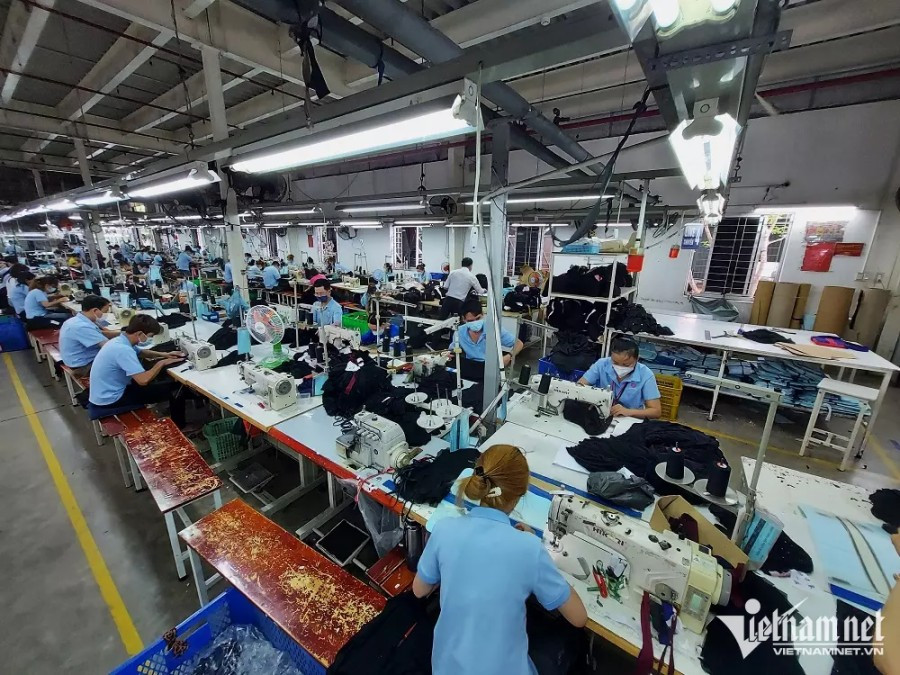
Workers at Quang Map Restaurant in District 1 in HCM City are busy these days as the restaurant is always crowded.
Several months ago, the restaurant owner thought that if he resumed operation after the outbreak, it would be very difficult to struggle to exist as there would not be many clients. But his business has been fully booked.
“No one could imagine that everything could return to normal as seen today,” he said.
Many eateries in HCM City have also become bustling again. Restaurants are lit up every night along Nhieu Loc – Thi Nghe canal. Pubs and bars on Bui Vien walking street, dubbed ‘Western Street’, are full of customers.
According to the HCM City Statistics Office, retail turnover in May reached VND57.757 trillion, an increase of 3.08 percent over April and 13.8 percent over May 2021. May was also the month with the largest retail turnover since January 2019.
The turnover from accommodation and food services in May was estimated at VND8.028 trillion, accounting for 8.3 percent of total goods and service retail turnover, 6.4 percent over the previous month and 64.5 percent year on year. The revenue from accommodation and food services in January-May 2022 reached VND32.228 trillion, up 2.2 percent year on year.
The HCM City Industry and Trade Department reported that cross-border exports brought $3.6 billion. The January-May export revenue in the city was $17.7 billion, up by 0.1 percent.
Experts say that despite rising transport costs and the Russia-Ukraine conflict, HCM City’s exports are going well.
Production costs on the rise, businesses thirsty for capital
Though HCM City’s economy has become bustling again, local businesses, especially logistics service providers, are facing great challenges caused by the rocketing petroleum price since February 2022.
Tran Thanh Hoa, Vice CEO of InterLOG, said transport costs have increased by 28 percent within 3 months because of the sharp rise of petrol prices. To help clients optimize their costs and supply chains, the company offers a Milk-run.
Accordingly, suppliers’ trucks every day move along a specific route through multiple suppliers and production lines. Picking up goods from many suppliers during one trip helps reduce transport costs significantly. Suppliers can consider delivery plans to draw up their production plans and avoid high inventories.
Food processing enterprises have been hit by the ‘price storm’ as prices of material imports have increased by 20-30 percent.
Ly Kim Chi, Chair of the HCM City Food and Foodstuff Association (FFA), said businesses previously might need VND100 billion to store materials for production but now they need VND150 billion.
She stressed that businesses are ‘thirsty’ for capital. FFA’s members are looking for the government’s interest rate subsidy program worth VND40 trillion.
Deputy chair of the HCM City Union of Business Associations Nguyen Phuoc Hung said as the national economy is recovering rapidly, businesses need capital to restore supply chains, recruit new workers, upgrade workshops and change machines and equipment. The rise of costs for input materials and premises also leads to higher demand for capital.
Can Van Luc, a member of the National Financial and Monetary Policy Advisory Council, at the National Assembly, emphasized that VND40 trillion would not be provided to every business, but would just focus on certain business fields.
He said that when businesses need capital, they contact banks. But banks are not the only source of capital as they account for 47 percent of total capital provided. Businesses should seek capital from other sources as well, such as corporate bond and share issuance.
Tran Chung